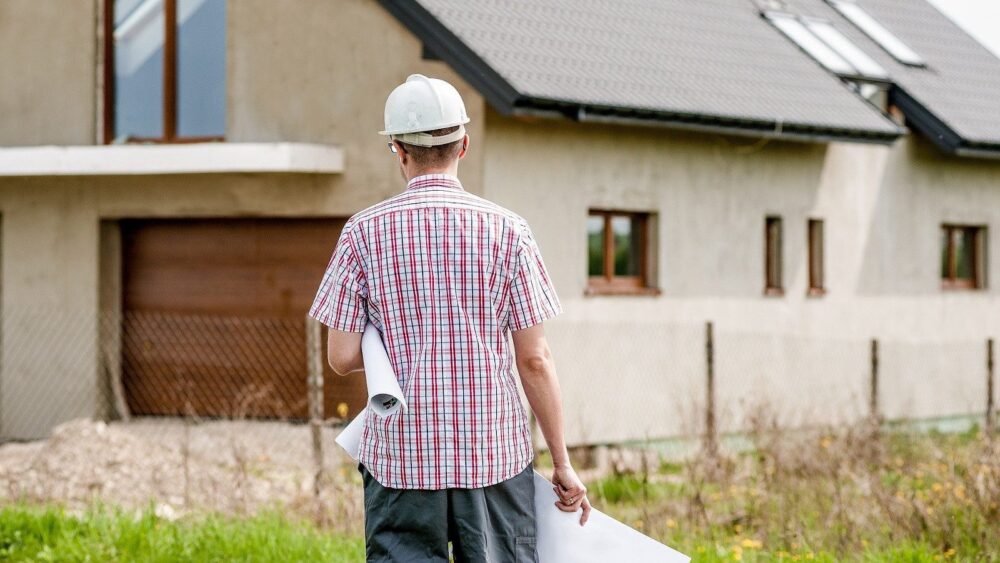Homes have become are more valuable than ever with people working, attending classes remotely, eating, doing recreational activities and, in general, spending far more time time in their houses compared to before COVID-19 struck.
With the pandemic having dominated the past year, homes have played a larger role than perhaps ever before. More Americans want to build their own house, and that has offered a bright future for the building industry.
But there has been a problem that slowed home purchases – high lumber prices.
Dallas Builders Association Executive Officer Phil Crone said lumber prices have skyrocketed, increasing 180% since spring 2020. That has raised the average price of a new, single-family home by $24,000.
“Fueled by record low mortgage rates and demand induced by the newfound importance of home, all of the ingredients are there for 2021 to set an all-time regional record for housing starts,” Crone wrote in an essay for the DBA website. “Significant headwinds facing the market may imperil attainment of the 52,000 housing starts we would otherwise [expect]. More important, though, skyrocketing lumber prices are quickly taking many of those homes out of reach for thousands of families.”
He said a report from the Texas A&M Real Estate Center notes there is clear link between rising costs and home purchases. The report says a $1,000 cost increase prevents 20,000 Texas families from affording a new single-family home.
Crone told Dallas Express there are many elements to the increase, including mills lowering production. The building industry misread the market, he said, but there was a reason.
Housing starts and remodels had declined in late 2019 and early 2020, he said. When the pandemic arrived, the initial reaction was to produce less timber.
But as people spent more time at home, the demand for improved houses and new dwellings actually rose, Crone said. Without enough lumber to meet the demand, prices jumped.
Political realities also played a part in the problem.
“It goes back to some tariffs that were put in place by the [Trump] administration that were kind of based on the promise that this would allow domestic suppliers to be more competitive and for them to produce more lumber,” Crone told Dallas Express. “And then going into the pandemic times, they didn’t increase production when time and time again, quarter after quarter, it was obvious that the demand was there. And they didn’t have, with the tariffs and the other related difficulties, there wasn’t a lot of incentive for them or there wasn’t a lot of competition from abroad, the lumber perspective.”
He added, “So as not to let a good crisis go to waste, they’ve been able to slow-play things on the supply side and, correspondingly, prices have gone up and that’s really impacted the consumer.”
He said the fourth quarter of 2020 was the best final quarter on record for housing starts, with 13,000 according to Zonda. It was the fourth highest quarter ever for the Dallas-Fort Worth region.
“Month after month, quarter after quarter, the signs were crystal clear, the trends were glaringly obvious, yet most lumber mills blundered along producing way short of capacity,” Crone wrote. “Many were only running two of three possible shifts in a time of rampant unemployment. Something stinks here.”
American lumber producers had lobbied for the tariffs, Crone said. In August, the World Trade Organization said the USA lacked factual justification for the high tariffs.
The tariff was cut from 20% to 9% in December. That was hailed by National Association of Home Builders Chairman Chuck Fowke.
“The Commerce Department’s action to reduce duties from more than 20% to 9% on softwood lumber shipments from Canada into the U.S. is a positive development, but more needs to be done,” Fowke said in a release. “Tariffs have contributed to unprecedented price volatility in the lumber market in 2020, leading to upward pressure on prices and harming housing affordability for American consumers. The U.S. needs to work with Canada to end the tariffs and achieve a long-term, stable solution in lumber trade that provides for a consistent and fairly priced supply of lumber.”
Zonda chief economist Ali Wolf said with the rising lumber prices and a shortage of available land, new U.S. home sales are projected to rise 5% this year compared to nearly a 20% increase from 2019 to 2020.
Crone said it has put the Dallas market in an especially vulnerable position.
“And just to put it in a nutshell, if you look at wages as compared to the median price of the new home, the housing prices have gone up at twice the rate of wages over the last 10 years,” he said. “And that’s why this lumber issue, it’s hit the Dallas market as hard, if not harder, than any other market in the country. [That’s] because we depend so much on affordability and sustainability to attract jobs here and really be what we’ve been with the magnet of job growth over the last 10 years or more.”
Crone, an Indiana native who earned a law degree at Southern Methodist University, has been with the Dallas Builders Association for 15 years and has been the executive officer for eight years.

